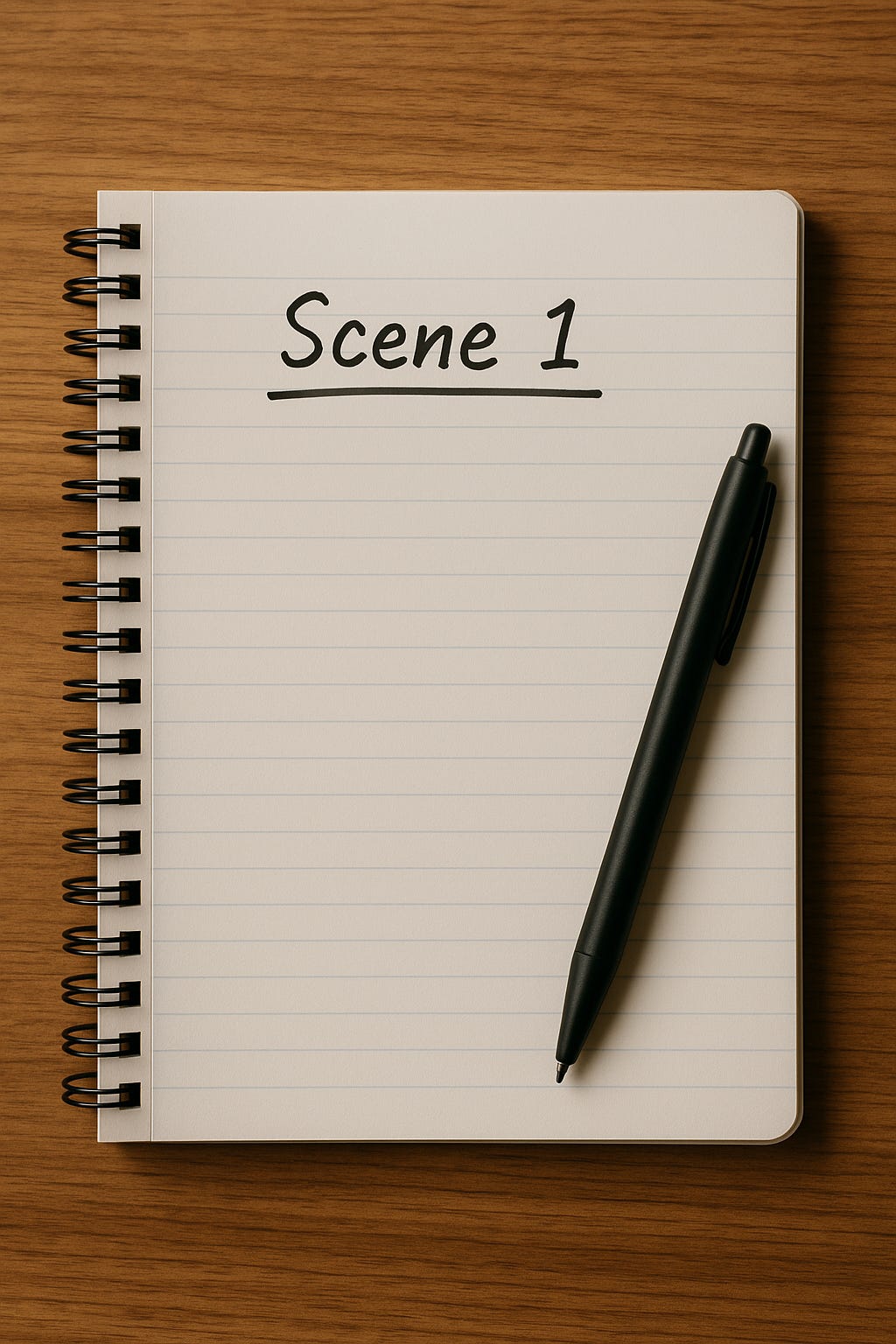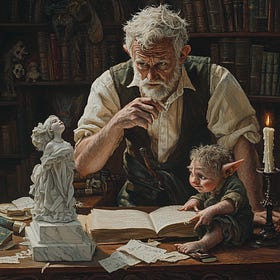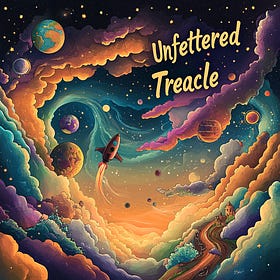Building Stories One Scene at a Time
A Scene-First Approach to Stronger Storytelling
I build every story in scenes.
After I build my story structure, but before I write chapters, before I polish dialogue, I break down the entire story through scene summaries.
It’s the part of my process that saves me from wandering middles, sagging plots, or characters who somehow stop acting like themselves.
There are great resources out there on writing scenes. Thea Liu’s “Writing Scenes in a Book” breaks down scene anatomy beautifully. Tiffany Yates Martin’s post on Jane Friedman’s blog is a masterclass in what keeps a scene tight and propulsive.
But here’s how I think about it when I’m mapping a story and how I decide what scenes even belong.
Every Scene Has a Job
For me, a scene earns its place by doing two things:
It moves the story forward — through action, discovery, escalation, or complication.
It moves the character forward — through choice, realization, shift, or consequence.
If a scene does neither? It’s filler. And filler has a way of slowing everything down.
Worse, filler can trick you into thinking your story has momentum when all it really has is motion.
I ask myself, What changes by the end of this scene?
If the answer is nothing, I haven’t found the real purpose yet.
Common Scene Pitfalls:
Repeating information the reader already knows
Adding worldbuilding without any impact on character or plot
Scenes that are just “vibe,” pretty descriptions, witty banter, nothing actually changes
Characters talking in circles with no shift in stakes, goal, or relationship
They might be well-written. They might even be fun. But if they don’t move story or character, they aren’t pulling their weight.
The Scene Summary Method
Before I draft a scene, I write a one- or two-line summary. It’s not a beat sheet or a detailed outline, more like a gut check.
For example:
Remi confronts Novak in the club and learns Novak is working with the Admiral.
Annie finally admits she doesn’t want to go back and changes her plan.
That’s it. Sometimes there might be a little more detail if that scene is vivid in my mind.
The summary forces me to name the scene’s purpose in plain language.
And when I line up those summaries across a chapter, or a whole act, I can spot gaps, pacing problems, or threads I’ve dropped before they derail me in draft.
I’m not saying I never go off-map. But I like to know the map exists.
When a Scene Surprises You
Some of my favorite scenes weren’t in the original plan.
They showed up when a character pushed back or a moment surprised me.
That’s fine. In fact, that’s often gold.
But when that happens, I still stop and ask:
Does this move the story? Does this move the character?
If the answer is yes, I run with it. And at that point I may have some replotting to do. Fortunately, because I have these scene summaries and I modify them to match the new thing that happened in the new scene.
If it’s no…I cut it, or I park it in my boneyard for another story.
Surprise is good. Detour is not.
Why This Works for Me
It keeps me from writing dead air.
It gives me a skeleton for pacing and emotional arcs.
It helps me build a story that actually works before I invest time making it pretty.
I still rewrite, of course. But this habit saves me from losing weeks on scenes that were never pulling their weight.
If You’re Stuck…
If you’re staring at a chapter that won’t click or a scene that feels flat, try this:
Write a single sentence summary of what’s supposed to happen.
Then ask yourself:
What’s the change?
What’s the consequence?
It’s not fancy. But it works.
Tell Us About the Writing
In preparation to start this journey I did some thinking about what I want to do with this space. I’m involved in a writing group which I helped foster initially when my wife and I owned a tea shop. We met every Thursday afternoon, and the group fluctuated in size, and people dropped in and out, but what I found was it turned into more of a salon, where…




I did this with the serial fiction I’m rolling out here on Substack. Your post was validation for me.
The scene plotting has been super helpful to keep me on track (and hit the publishing deadlines since I’m writing as I go).
The other thing that’s helped was writing the final scene right after scene 1. I will polish it up once the serial finally gets there but it gives me a target to make sure I don’t detour.
Love your posts - always educational and helpful!
Just starting to potter around with an idea for a novel and this is tremendously helpful.